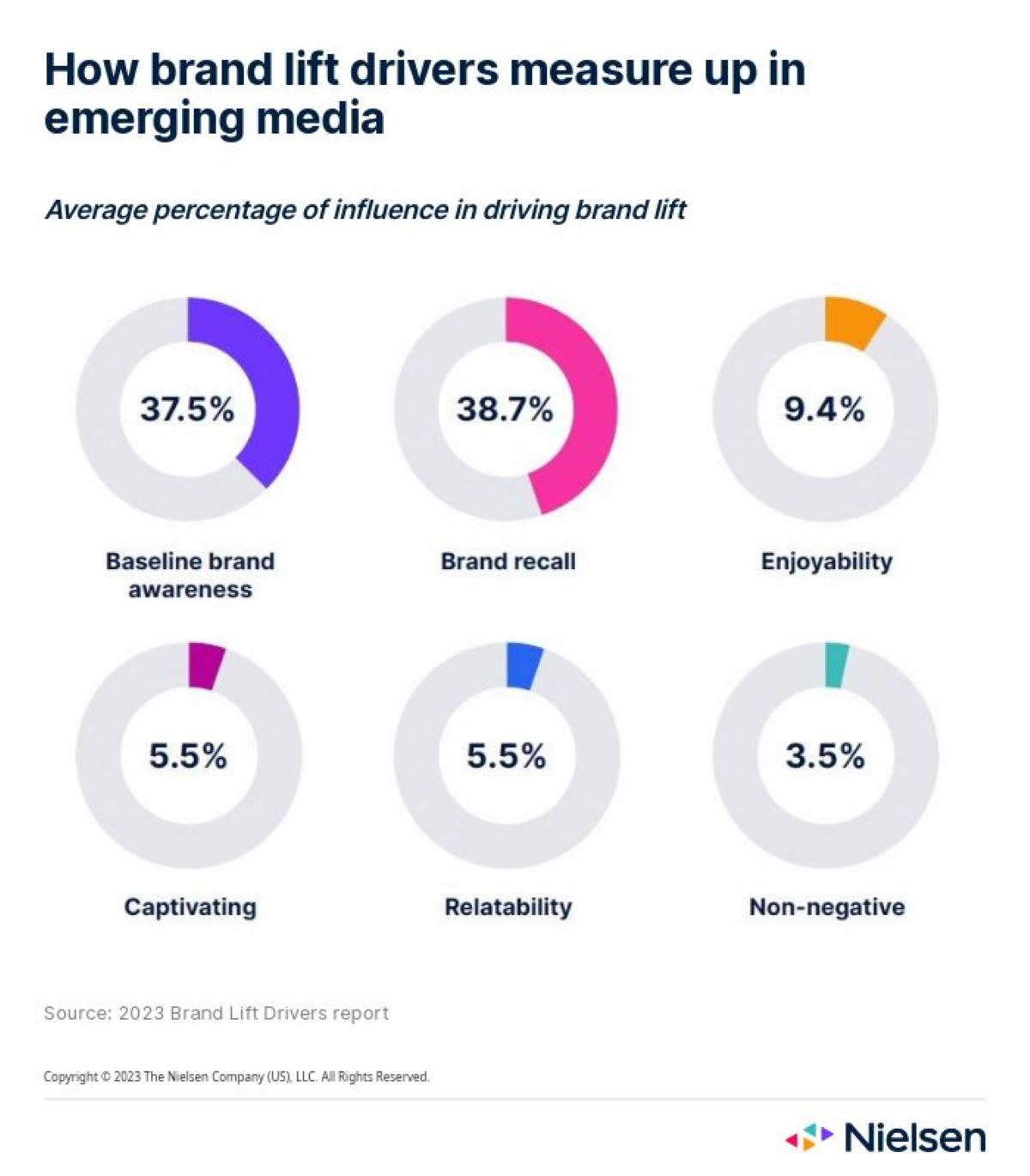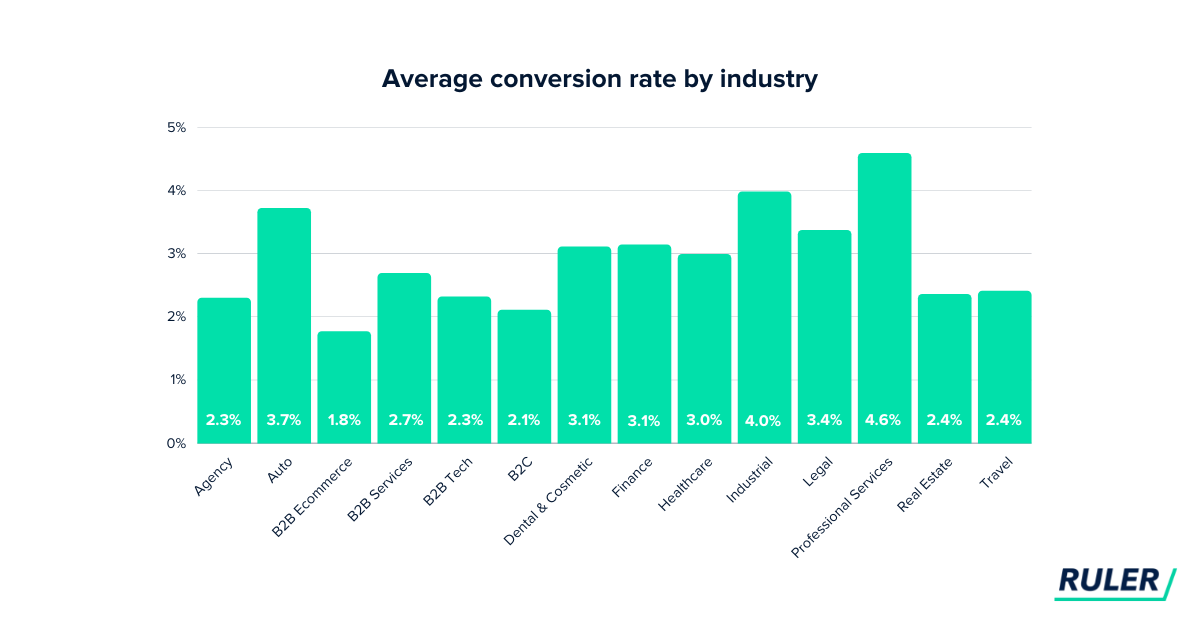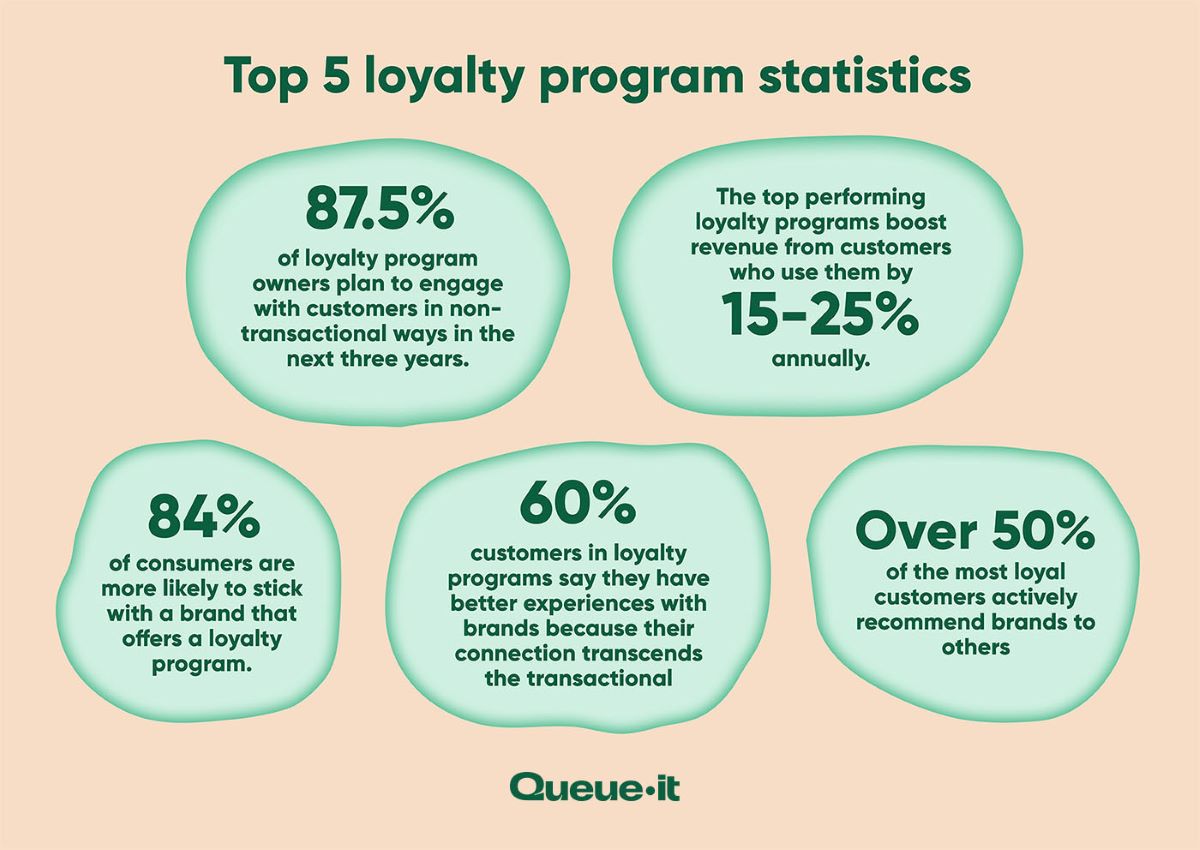Whether your business has a short or long customer lifecycle, one thing that doesn’t really change is the stages involved. Understanding these stages and understanding how your demographic targets will interact with you, are the first steps towards turning potential into great conversion rates.
Awareness

Image taken from nielsen.com
You can think of the awareness stage as the introduction to your brand. The start of this stage can be rooted in a need (a problem to solve) or in desire (the person wants a particular product). For example, a person may want a new pair of shoes, but a business may need an efficient cloud call center solution.
First-time customers becoming aware of your brand is going to depend on a number of factors. If they use a search engine, then your SEO strategy is going to be reflected in your SERPs (search engine result pages). That can mean potential customers will see your brand listed high in the results of their search.
Or they may ask friends, family, or colleagues for personalized product recommendations. If someone has used your brand before (and had a positive experience) or is in your loyalty program, then they are likely to recommend you to others.
The awareness stage ends when the person has identified a number of potential choices that may fulfill their wants or needs.
Acquisition
In some ways, the acquisition stage is the most important. This is where you have the opportunity to stand out from your competitors using product positioning. During this stage, people want to learn more about the brands they identified during the awareness stage.
They will do some research as to what benefits each brand offers and the differences between products. They will commonly look at things such as:
- Price
- Reviews of products online (quality of products)
- Shipping costs and times
- Refunds and returns policies
- Customer support and service (and in the case of technical products, the level of tech support offered)
During the acquisition stage, customers will begin to whittle down their choices so they have a shortlist. They may follow your brand on any social media platforms you use and spend more time browsing your site. They could even sign up for any email list you offer so they can be updated about special offers and receive the occasional promotional email.
However, even high levels of engagement with your brand do not mean they are ready to buy quite yet.
Conversion 
Image taken from ruleranalytics.com
In the conversion stage, a person has accumulated enough information to make a decision. That decision does not always mean an immediate sale. They may wait to see if you have any special offers available shortly on the product they want.
One issue during this stage is that customers may add items to their cart and then change their minds. That will lead to higher cart abandonment rates for your business.
There are some tactics you can employ during this stage if you sense there is some indecisiveness. You can send automated personalized emails when someone abandons their cart (or their browsing session).
If a high-value item is involved, you may decide to offer an incentive to get it over the conversion line, such as free shipping or a discount.
In some cases, you may be their preferred brand, but they feel that they need some more information before buying. For example, if the person is considering signing up for your business SMS solution, they may want to know how easy the solution is to use, the type of messages they can send, and how secure and compliant the service is.
Fulfillment
Congratulations, you made a sale. The fulfillment stage encompasses the period from when the person purchases to when they receive the product. However, there can still be elements of doubt during this stage (post-purchase anxiety). If that is the case, they may continue researching the product’s value and accessing resources such as your FAQ section or ‘how to’ videos.
During this stage, there are several actions you should be taking. You should confirm their order by email and also notify the customer when the product is shipped.
For some tech products, such as SaaS (software as a service), you will be sending download links and codes. For physical products, it’s also important to have tracking so that customers can see where their product is and when it should arrive.
This is really the first stage where your customer service team will be involved. Here, they will try to nurture the customer through the final stages of your sales funnel. You need to ensure that you offer a range of ‘contact us’ options. This can be crucial as although you have achieved the purchase, you want the person to become a regular and loyal customer.
Loyalty 
Image taken from queue-it.com
Having a high customer retention rate can be great for your business in a number of ways. Not only can it mean higher CLVs and lower CACs, the latter of which can average $29 per customer, but it can also mean higher profits for your business. However, you still need to get the person from being a customer to being a loyal customer.
The initial post-purchase period can be a real litmus test for many businesses. It can be a crucial stage of your lifecycle marketing strategy.
Even though they’ve received the products, some customers may still be uncertain. They may have issues in using or installing a technical product or software or may find they are unsure how to use the product.
Of course, a large element of customer satisfaction is going to depend on how good your product is. But this is another stage where your customer service staff may play a major role.
The team may offer advice or pass it on to tech support if needed. They may even signpost the customer to ‘how to videos’ or set up guides on your website, so it’s important to have an interactive and engaging website.
What you’re looking to achieve with this stage is customer loyalty. In most cases, this is going to happen because of product quality and good customer support. You want to see that loyalty manifest in some ways, and you may even offer a loyalty program with exclusive offers as an incentive.
- Make further purchases
- Write positive reviews on your website and on independent sites
- Share their satisfaction with the product/brand on their social media. (This will boost your social media marketing efforts)
- Recommend the product (or the brand) to their family and friends





